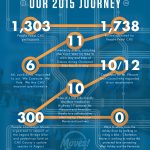1.) Clearly mobility is a top concern for Charleston residents. What can you tell us about your plan to address increasing traffic and create a safer environment for people who walk and ride a bicycle for transportation and recreation?
In early September, I released my comprehensive plan for Charleston, Our Quality of Life First, and Transportation and Public Transit is a major section of that plan (www.tecklenburgformayor.com/johns_plan). Specifically with regard to making Charleston more walkable and bikeable, my plan includes: light infrastructure improvements, including striping, signals and safety barriers to make biking and walking safer and more practical; better enforcement of the existing “rules of the road” to promote safety for bikers and for motorists alike; the creation of a major north-south bike corridor on the peninsula; better signage to make existing routes more usable; a safe way to walk and bike back and forth between West Ashley and Downtown; and a full-scale bike sharing plan of the kind that has worked so well in other cities around the country.
2.) Do you walk or ride a bicycle in Charleston? If so, for what purposes and how often?
Yes. As you probably know, Sandy and I are West Ashley residents, and we happen to live near the West Ashley Greenway. We use our bikes regularly, both for recreation along the Greenway and for transportation around the area, such as to the shops at South Windermere Shopping Center.
3.) Do you support the bicycle/pedestrian lane conversion on the Legare Bridge? If not, how do you propose people walking or riding a bike safely cross the Ashley River?
I strongly support the concept of providing a safe way for residents to walk or bike from West Ashley to the Peninsula and back. The question in this case is whether the lane conversion will have a significant negative impact on traffic, which has concerned many of us up to this point. Fortunately, though, the county has now committed itself to performing a 30-45 day live-lane-closure test in February of next year, which should answer that question definitively one way or the other. And, as I recently told the Post and Courier, if the current plan passes that test, I will support it.
4.) The City of Charleston is finalizing its Downtown Bike Plan. The vast majority of the plan can be implemented with just paint, signage, and slight signal tweaks (no capital projects, no moving curbs, no resurfacing projects). How much will you commit to installing in your first two years in office (2016 and 2017)?
As you note in the question, the city’s plan is still being finalized. But I think it’s fair to say that the kind of low-cost, common-sense improvements we’re discussing here should be implemented as swiftly as possible — certainly within the 2016-17 timeframe.
5.) Do you support the use of Lead Pedestrian Intervals (LPIs), Barnes Dances (diagonal crossings), and/or No Right on Red turn restrictions to make it safer for people to walk across busy streets as outlined in Gabe Klein’s Peninsula Mobility Report?
Absolutely. LPIs, diagonal crossings and No Right on Red intersections are important safety measures and we should begin to implement them in selected areas, starting with heavily-trafficked pedestrian intersections such as Calhoun and St. Phillips and Calhoun and King.
6.) What are your thoughts on the City’s current bicycle parking policy on King Street between Spring and Market (confiscation of bicycles that are not parked to City-approved racks/corrals and a $45 retrieval fee at CPD headquarters)?
With all due respect to everyone involved, the city’s bicycle parking policy clearly needs improvement. Put simply, if we really want more people to ride their bikes in Charleston, we have to provide adequate parking for bicycles. And, as mayor, that’s exactly what I will work to do.
7.) In conclusion, why should people who walk and ride a bicycle vote for you?
Well, I hope to earn people’s votes by proposing real solutions to the issues that matter most to our citizens. And with regard to people who walk and ride their bikes, I’ve tried do that with a specific plan to make Charleston more bikeable and more walkable (see Question 1). As I’ve said throughout this campaign, I believe it’s time for Charleston to focus on the fundamental quality of life issues that will make life better for our residents — and providing our citizens with the opportunity to walk and bike more and be stuck in traffic less is a big part of that.


